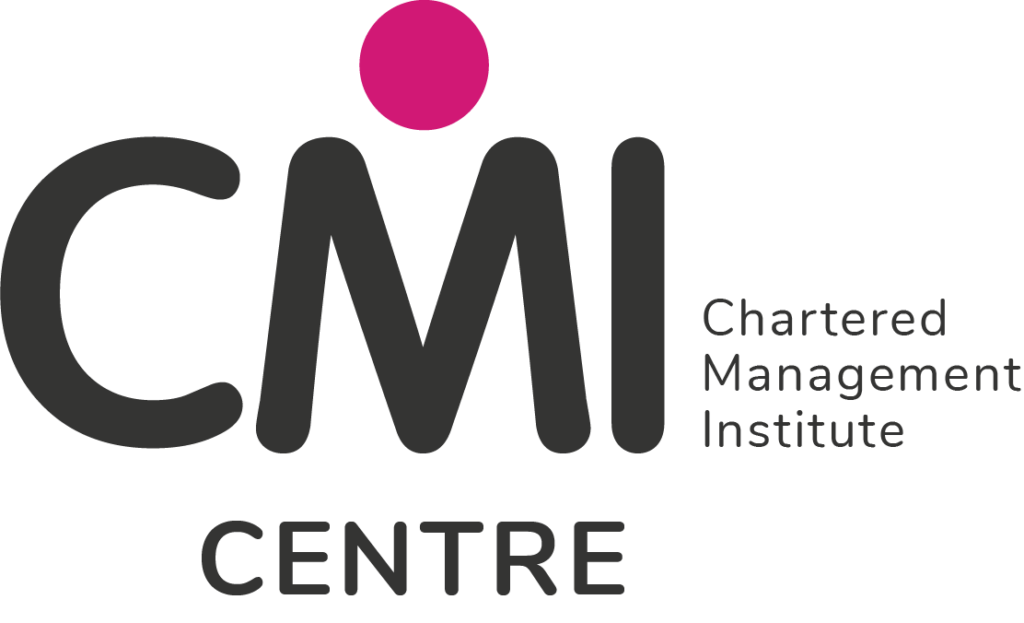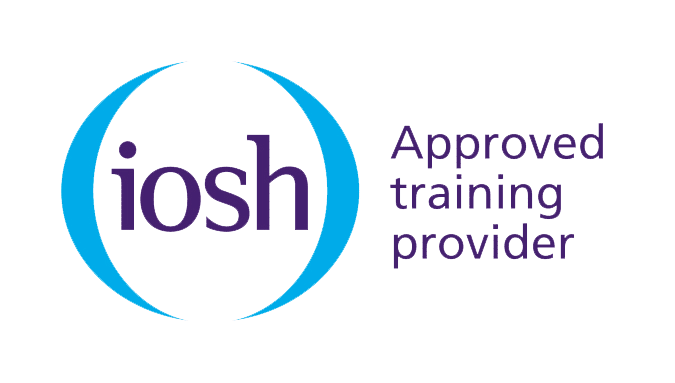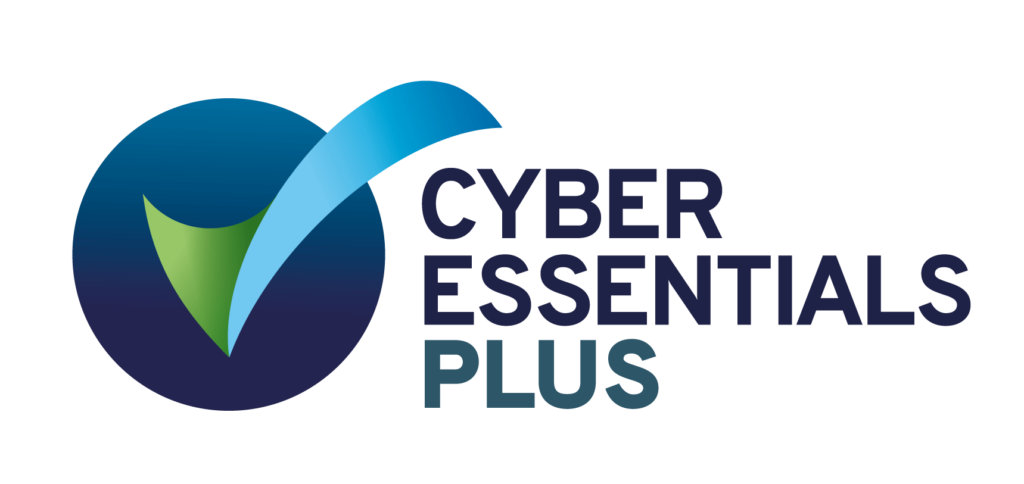In many ways, workforce engagement is the catalyst of business growth.
When an organisation’s staff are fully engaged with its purpose and direction, they pull in the same direction and work more effectively, productively, and collaboratively. Unengaged workforces are characterised by employee turnover, poor talent retention and a lack of productivity. According to research conducted by the Institute of Employment Studies, an engaged employee:
• Believes in the organisation
• Strives to improve it
• Understands the business context and the “bigger picture”
• Respects and helps their colleagues
• Is willing to “go the extra mile”
• Keeps up to date with developments in the field
A common trend amongst these traits the future. Engaged employees are not just bought into the organisation in its current state, they are invested in its potential – what it could be and how they can help it to get there. They’ve put down roots, as it were, and want to grow alongside the company they work for, doing work that they believe in.

This is the type of long-term thinking that allows organisations to plan, pivot and adapt more quickly, and has been a key trait of organisations that have been more successful at facing down the challenges of an unprecedented pandemic. So clearly, a highly engaged workforce is desirable – this isn’t exactly breaking news.
Importantly, research suggests that learning and development plays an important role.
But how can Human Resources and Organisational Development teams and functions – usually an organisation’s primary caretakers of engagement, happiness and other human metrics – bring this about, where it hasn’t already happened?

Well, if it is accepted as a net positive when employees strive to improve their organisation because they believe in it, and they understand the ‘bigger picture’, they must be equipped with the skills, knowledge and confidence to do so.
As a positive action, when the organisation…
1) Asks them what skills they need to succeed, and then
2) Makes the financial and time investments to develop those skills
…then it becomes clear to the workforce that there is…
A) Clear direction and purpose to their work, and
B) They are at the heart of driving and guiding it

Investment in learning and development is also important because the ‘Fourth Industrial Revolution’ is widely regarded to be well underway. Emerging technologies and consumer trends are driving constant changes to the skills required for supporting organisational development and success.
In a 2016 report, the people experts at Deloitte concluded that ‘learning opportunities are among the largest drivers of employee engagement and strong workplace culture – they are part of the entire employee value proposition, not merely a way to build skills.’ The report advises that learning-driven behavioural change can go far beyond technical or systems skills: it can facilitate shifts in approach and vision through the development of a learning culture and, in turn, company culture.
Where a definable company culture exists for individuals to invest in, they will find themselves ticking off more and more of the desirable list at the top of the page – becoming a more and more engaged employee.

Another important planning consideration is brand or corporate values. When these are embedded into learning content, this strategy can significantly contribute to an increase in engagement. If your organisation is committed to its values then the workforce should be aware of them already. But, when learning content has clear connection to values, it reinforces the behaviours and actions that you want them to exhibit in their work. The link is clearer and more practically available to them.
For example, maybe your organisation is committed to individuals taking responsibility and ownership? Build those requirements into your learning content. Do you want employees to pursue openness and honesty – and hence build trust – in their internal communication? Link these to their learning accordingly.

Embedding brand values within learning does more than provide organisational relevance. They create a clear ‘golden thread’ between the organisation, its’ strategic objectives and the content of the learning. This helps drive a deeper understanding of what those values mean and what practicing them actually looks like. It also helps to alleviate the risk of employees considering them to be hollow or ‘pie in the sky’ commitments.

So, whether it is an effort to provide learning that is exactly what the workforce has communicated that they need to succeed, learning that helps everyone to pull in the same clearly defined direction, learning that helps to define a tangible corporate culture or learning that skillfully incorporates brand values, there is clear evidence that the right learning and development interventions, delivered in the right way, can be drivers of employee engagement.
If you would like to explore learning and development solutions that can help you to build the engagement of your workforce, contact us now to set up an informal, exploratory chat.






